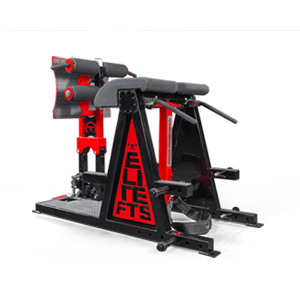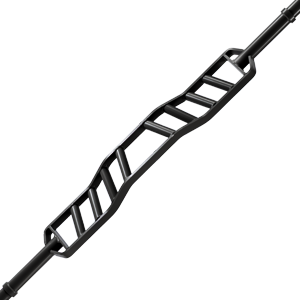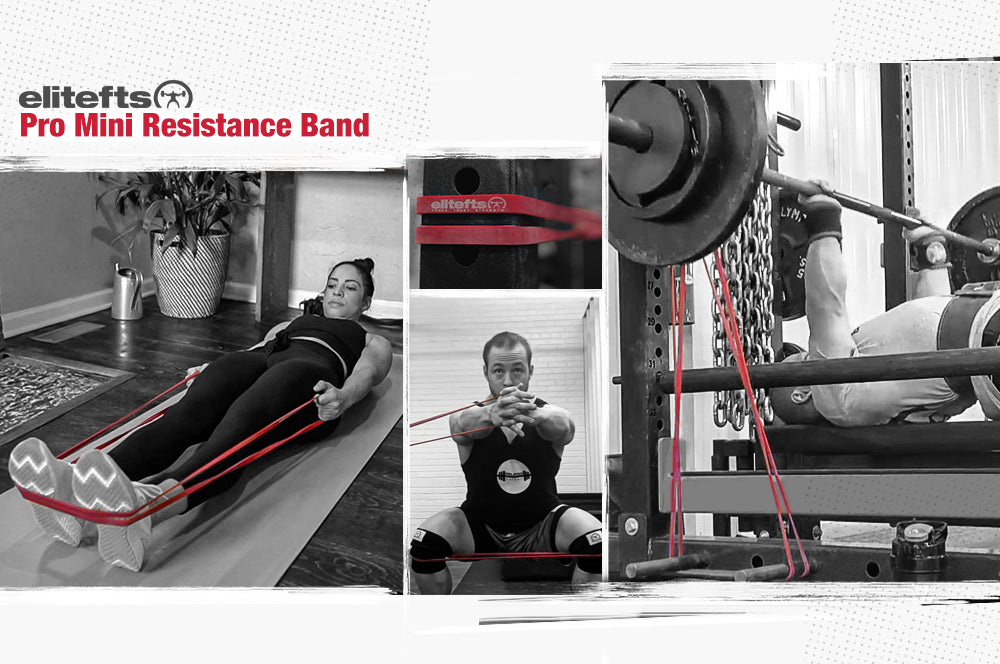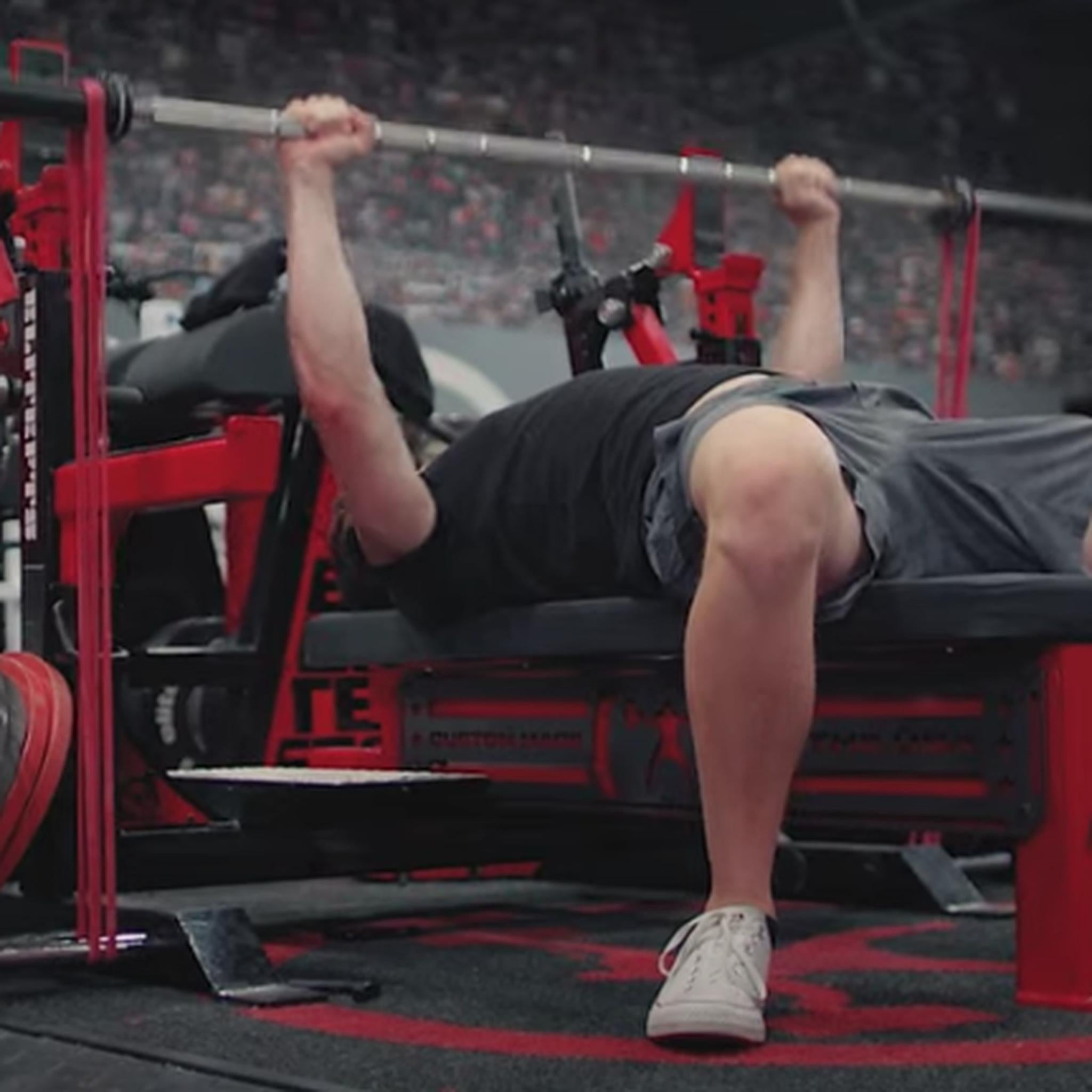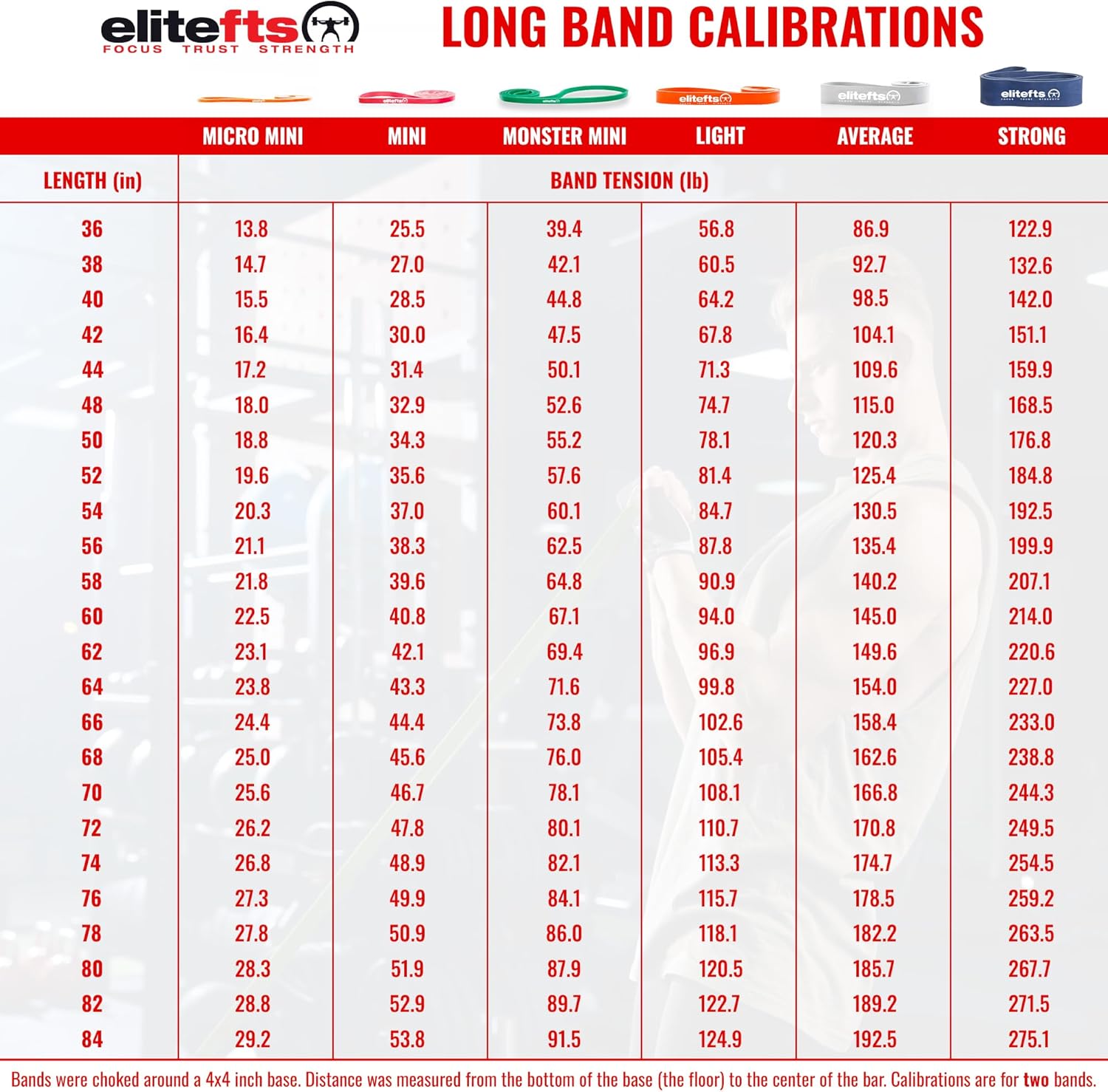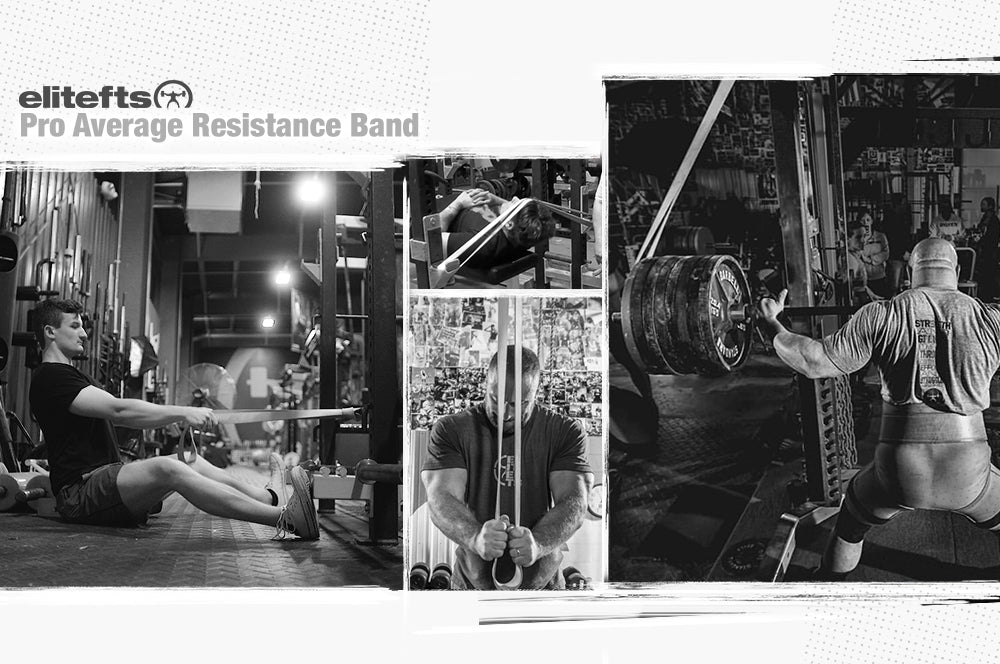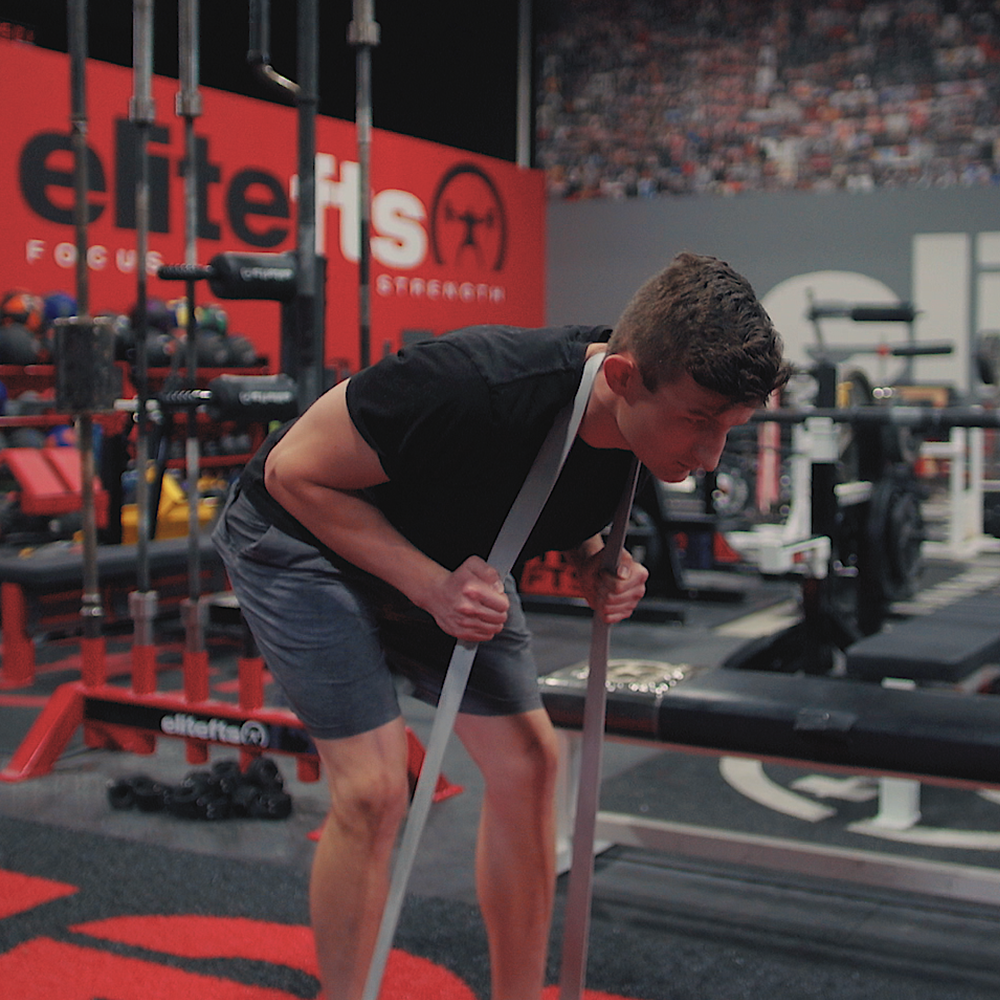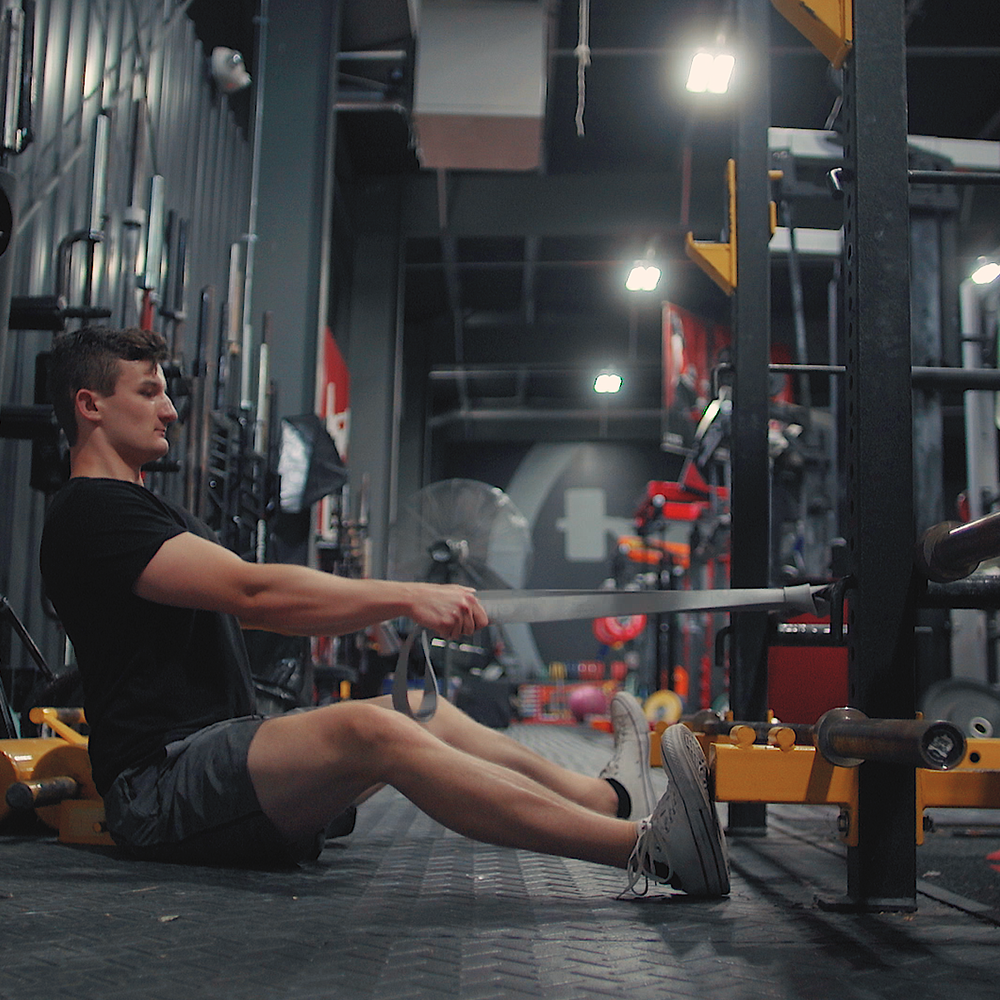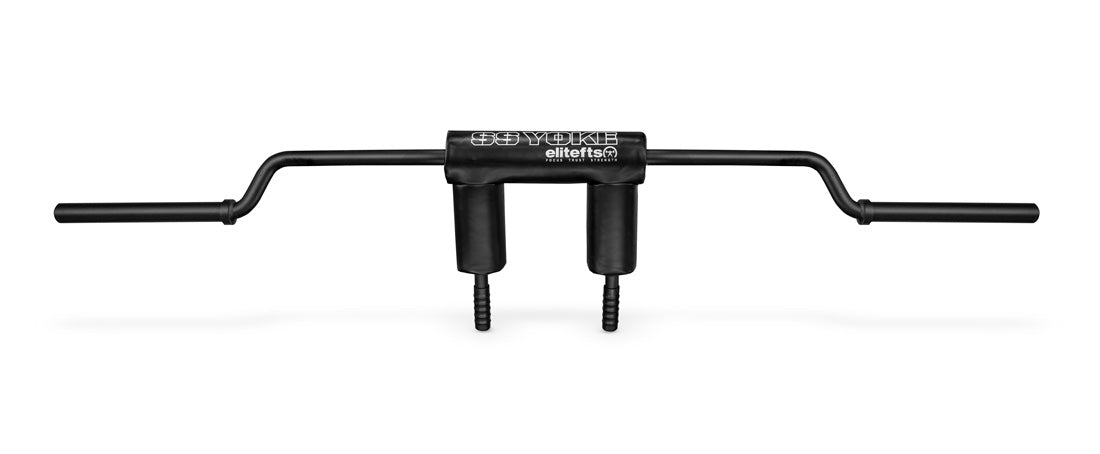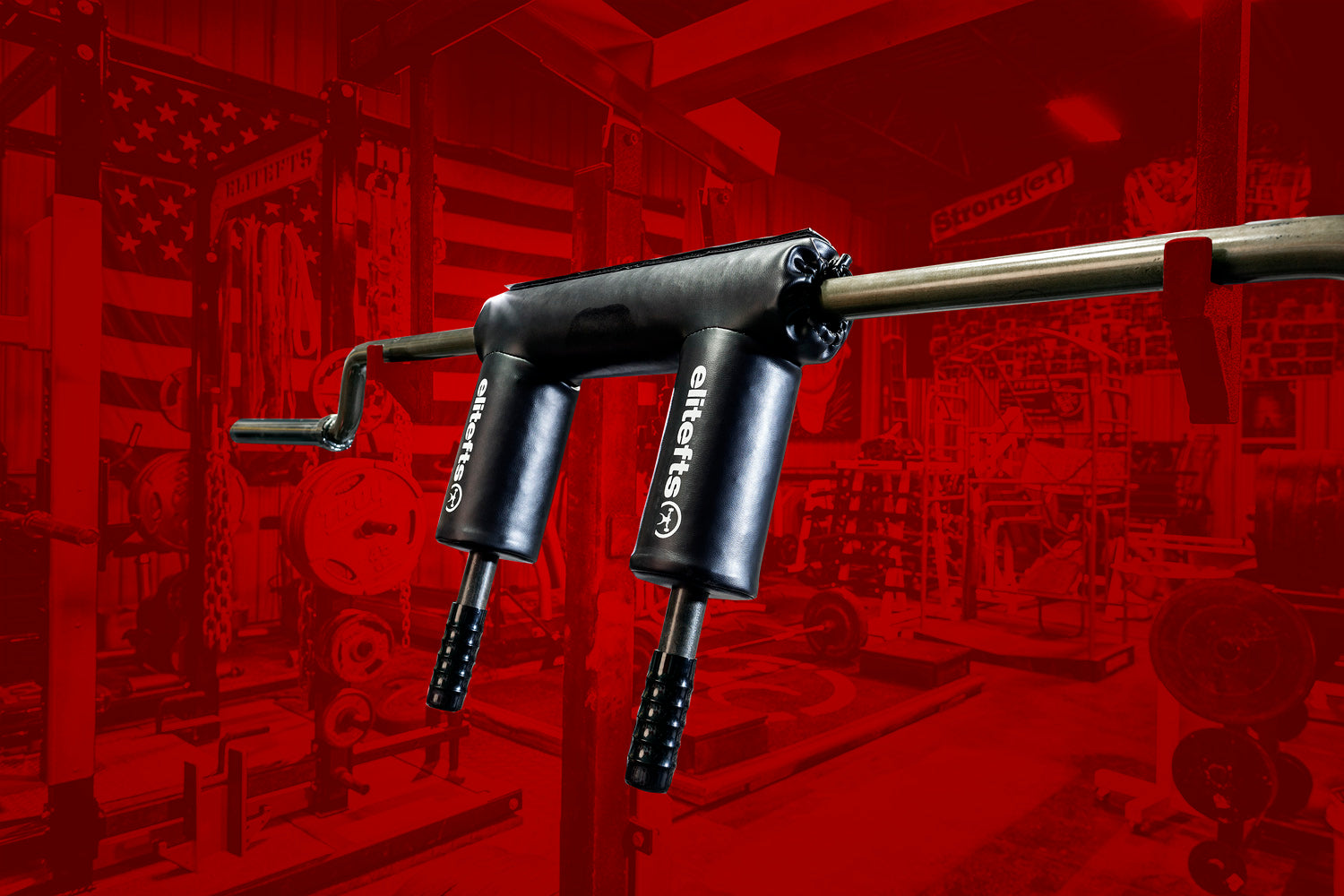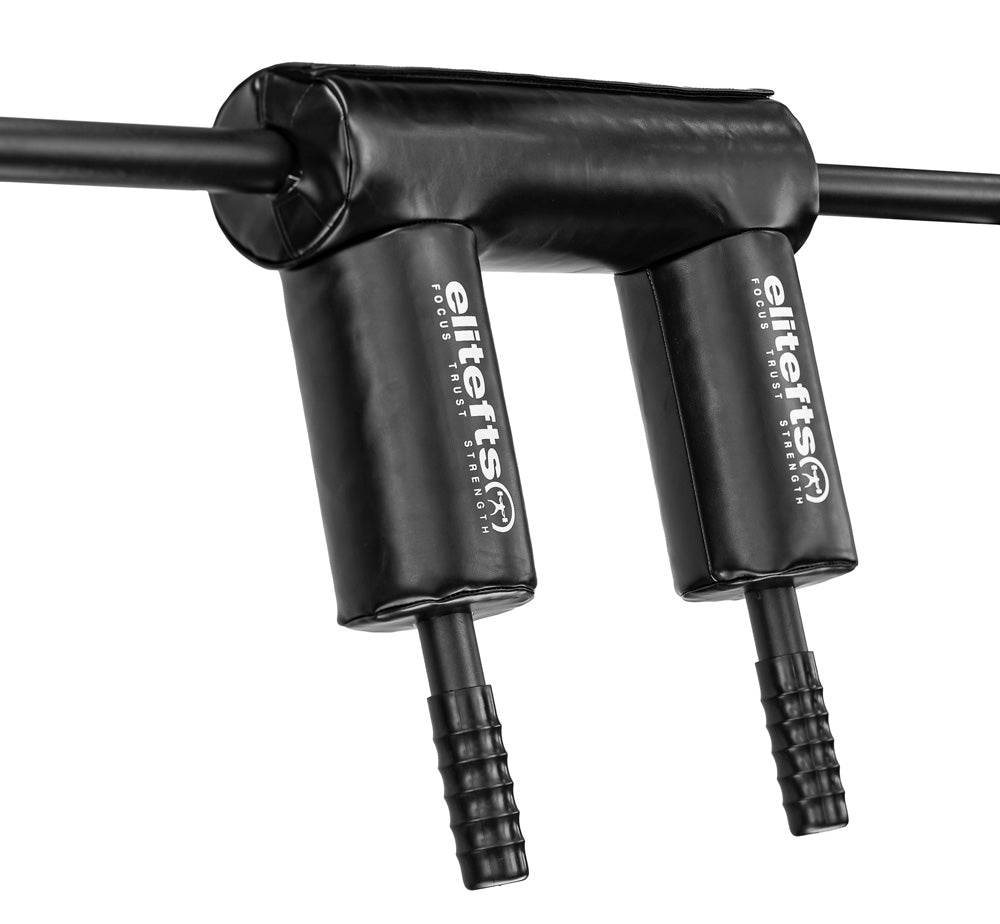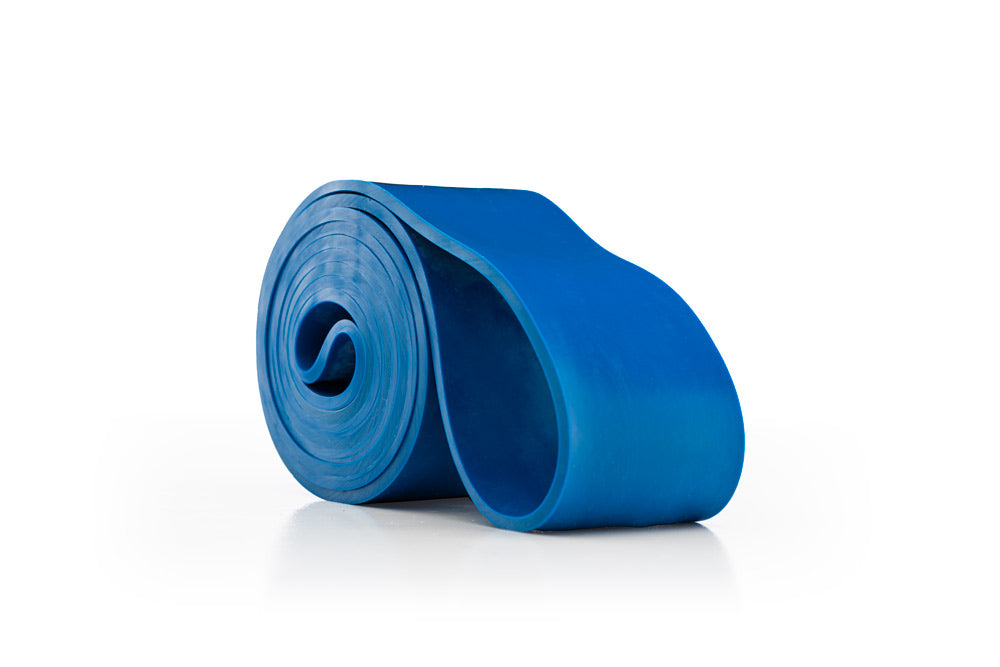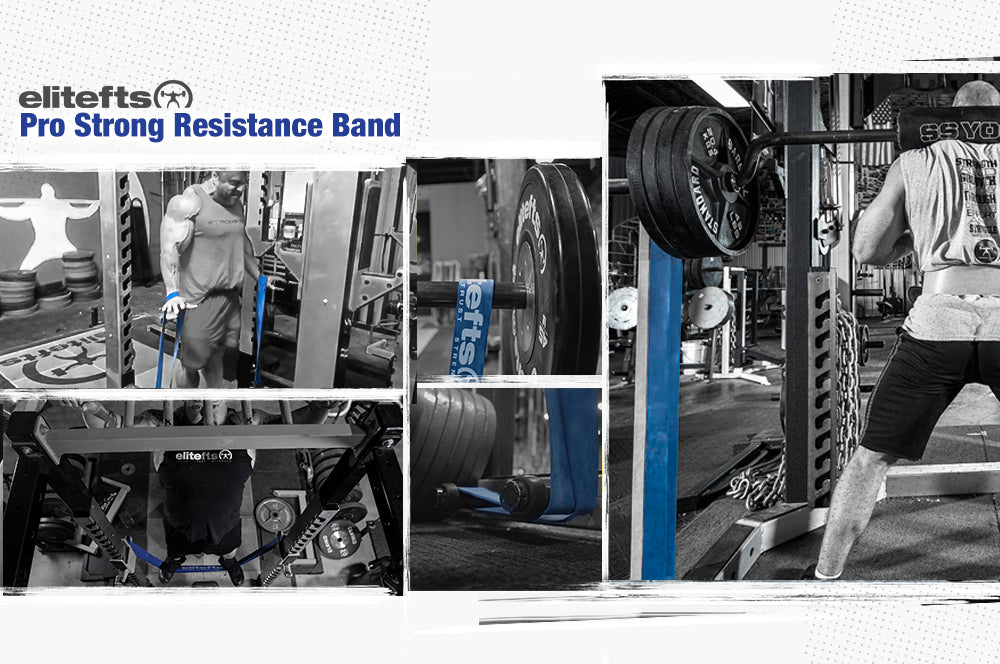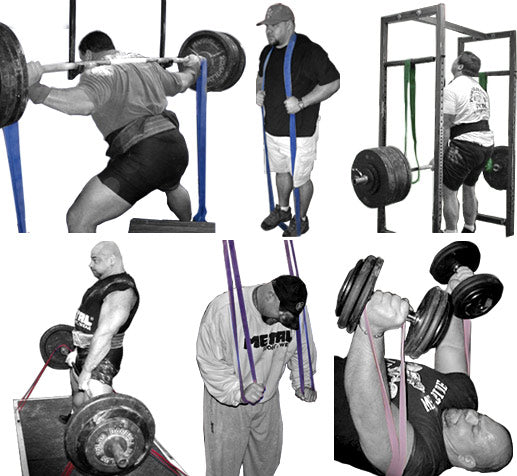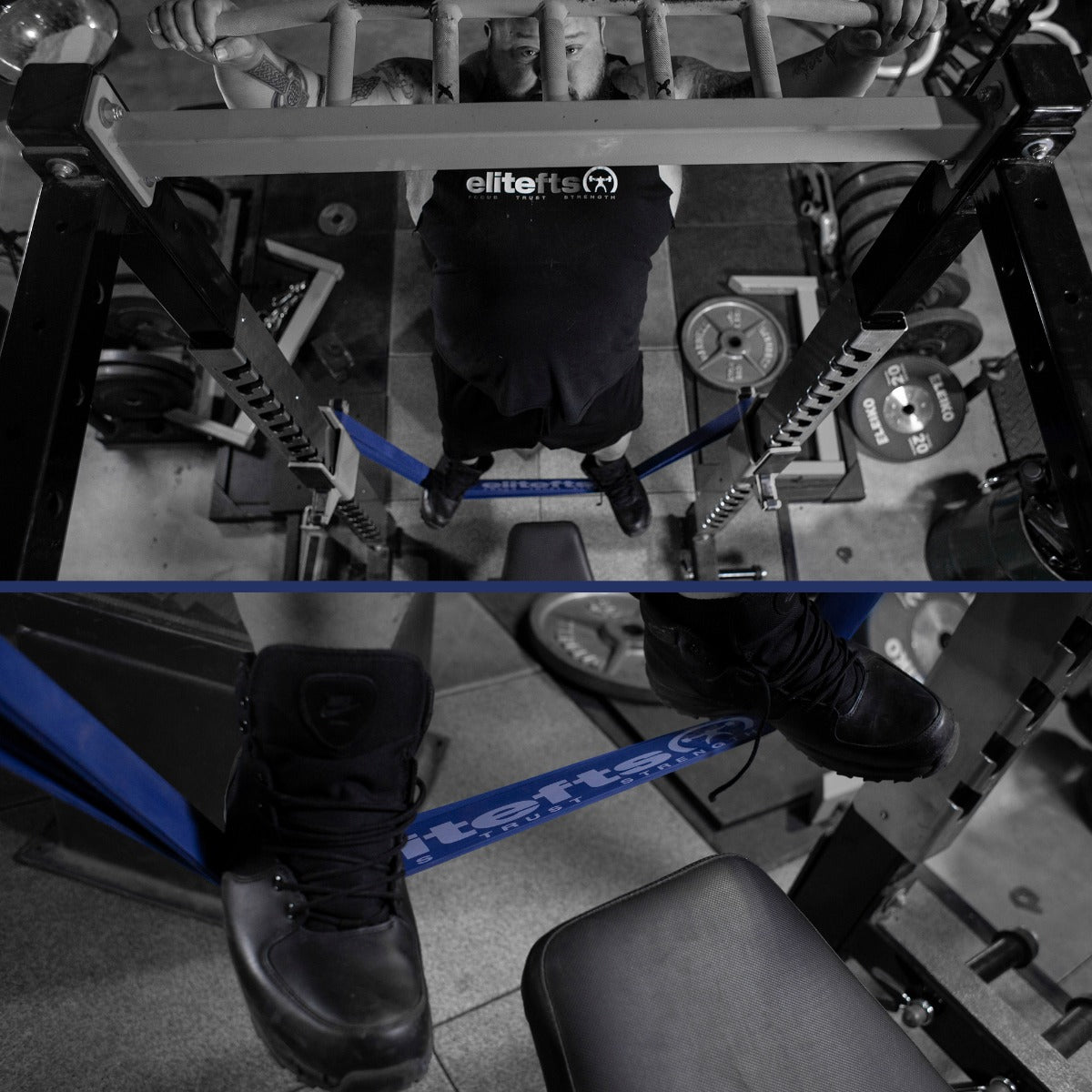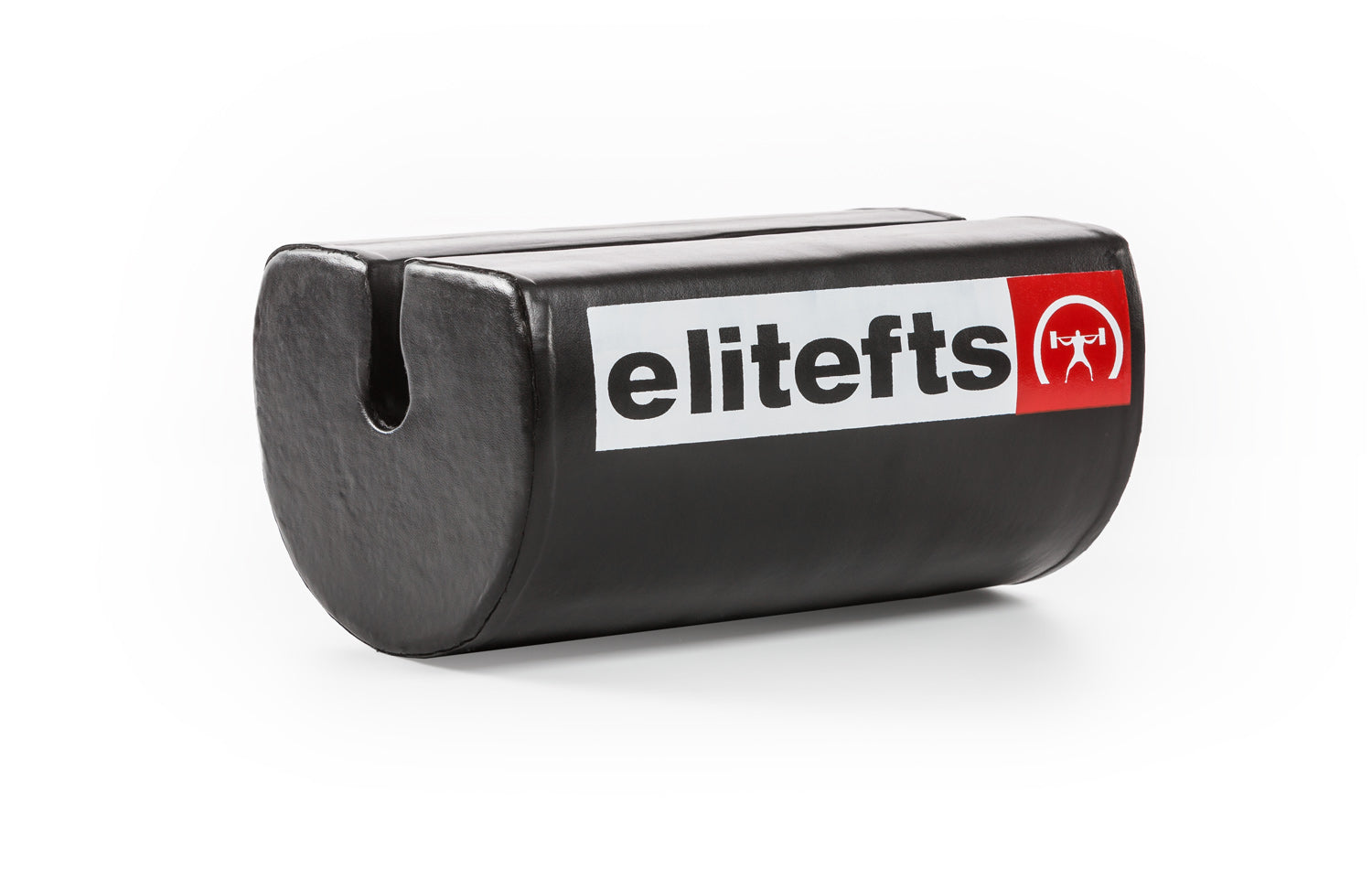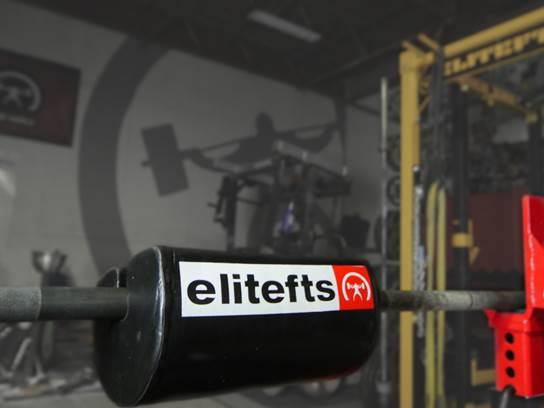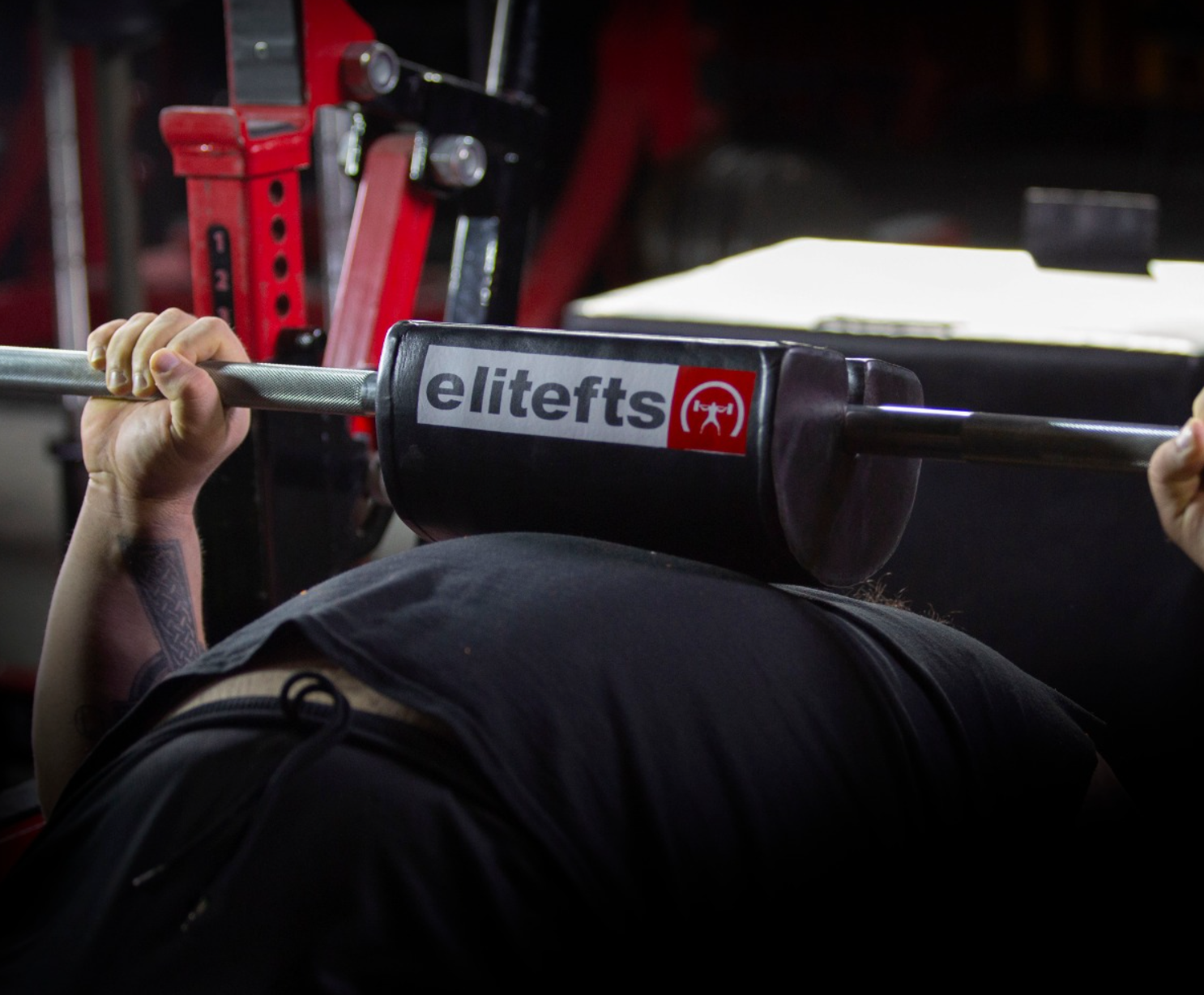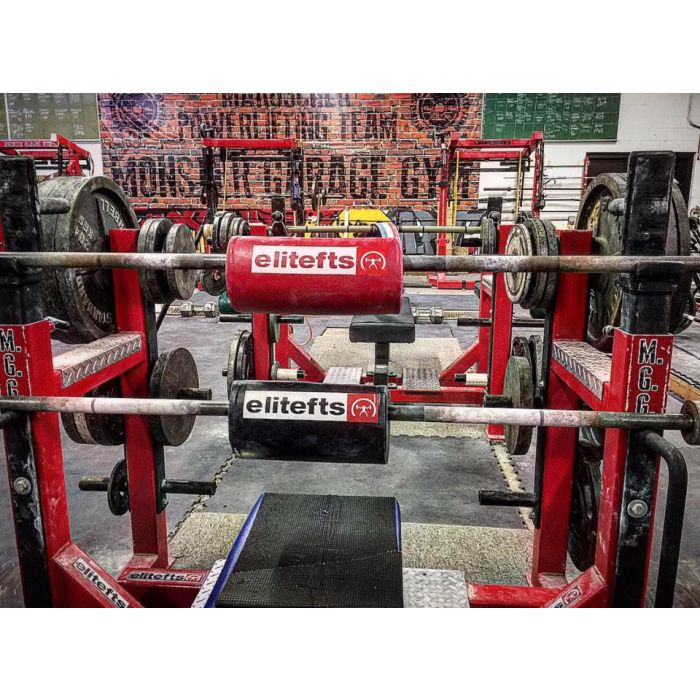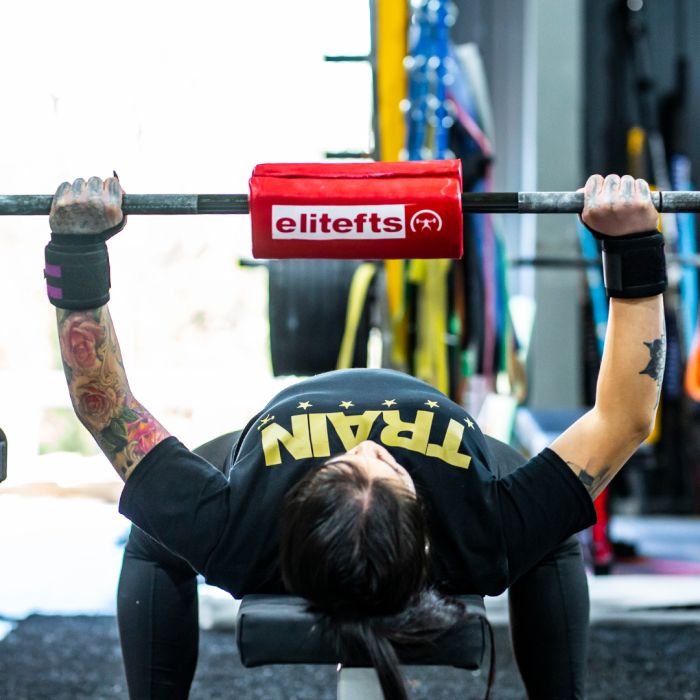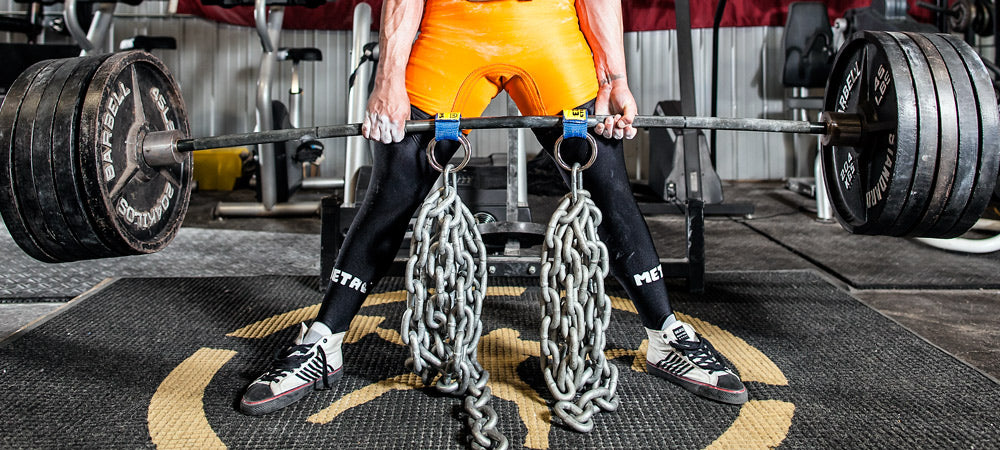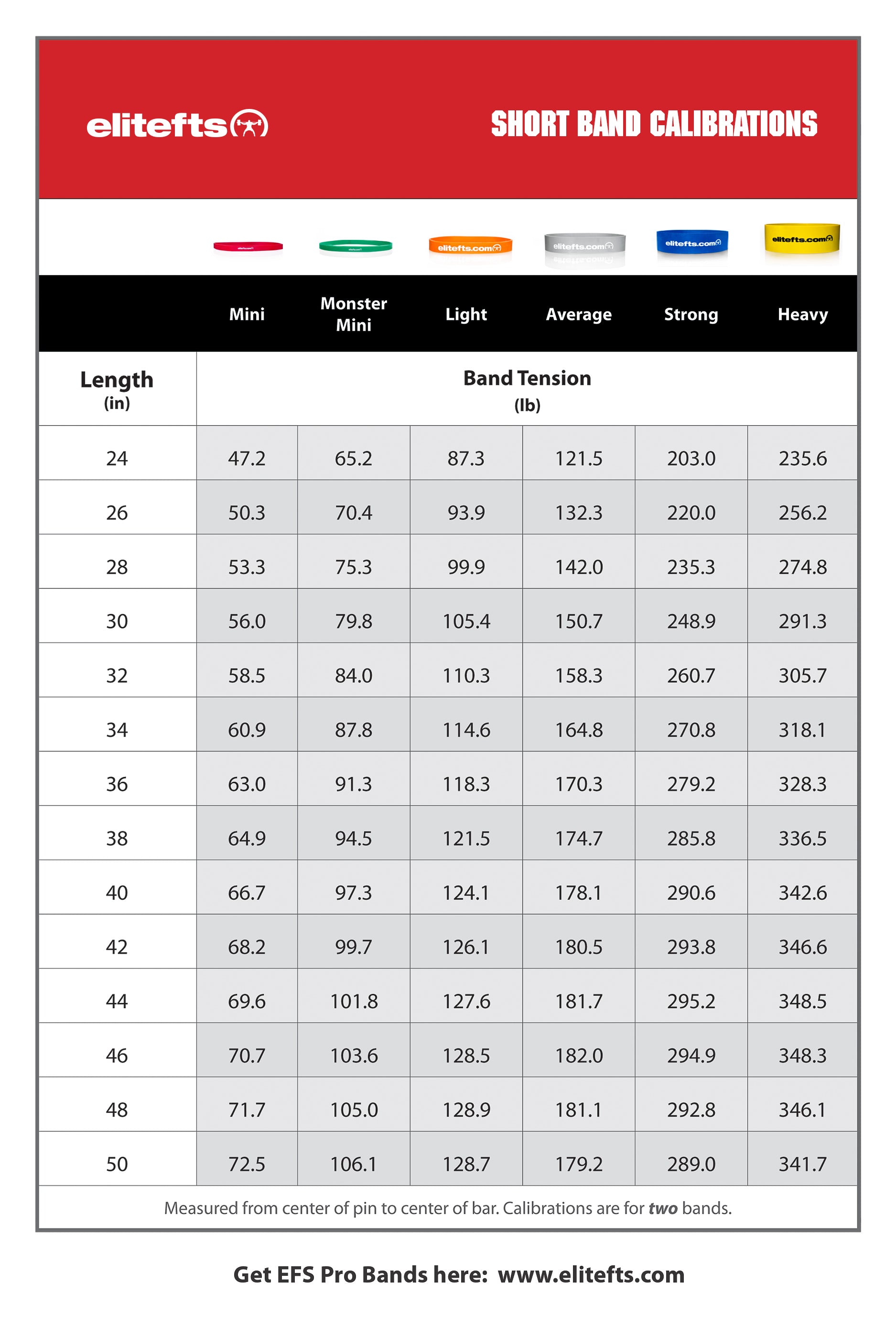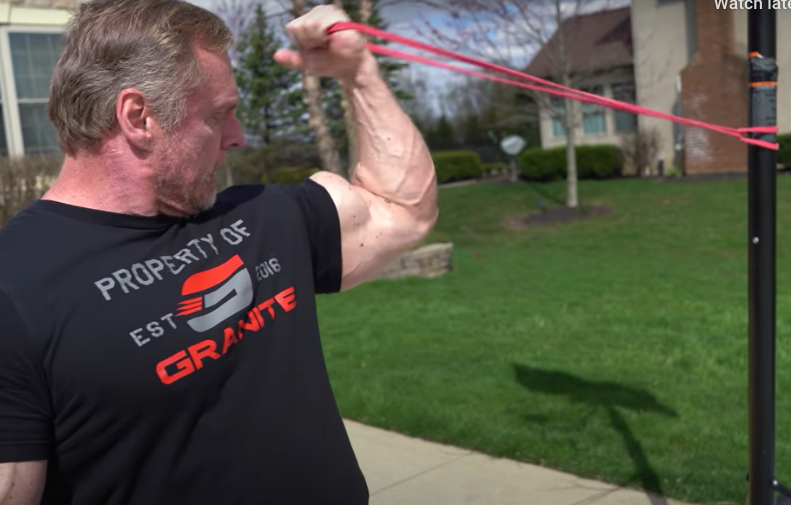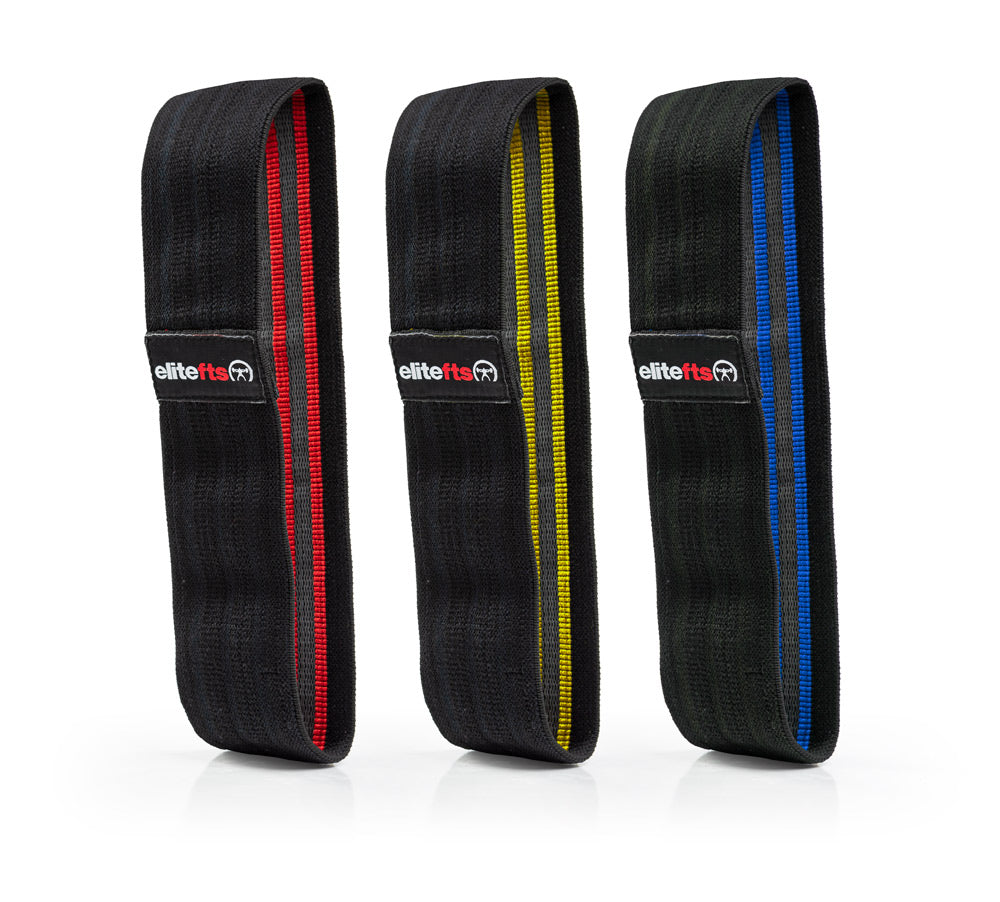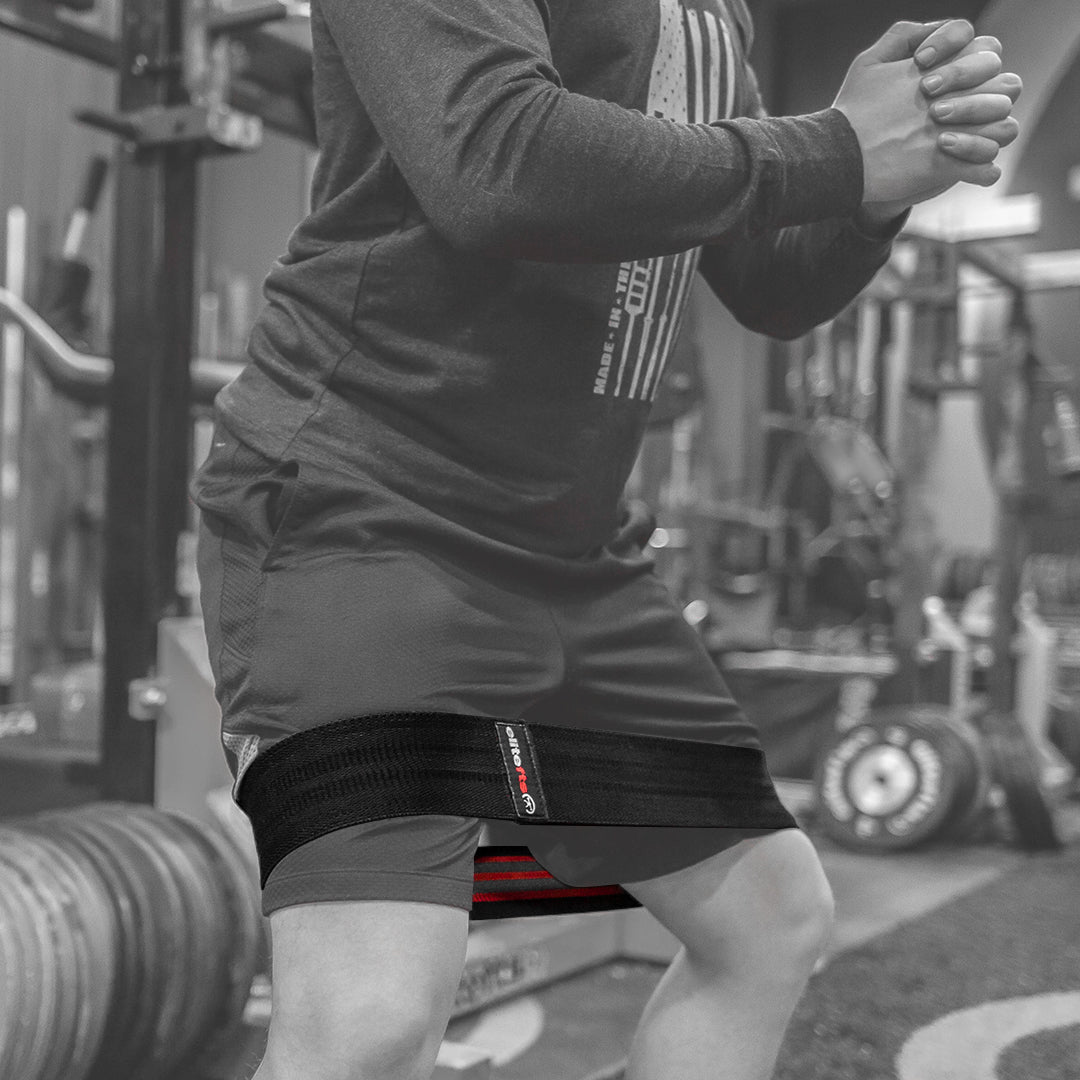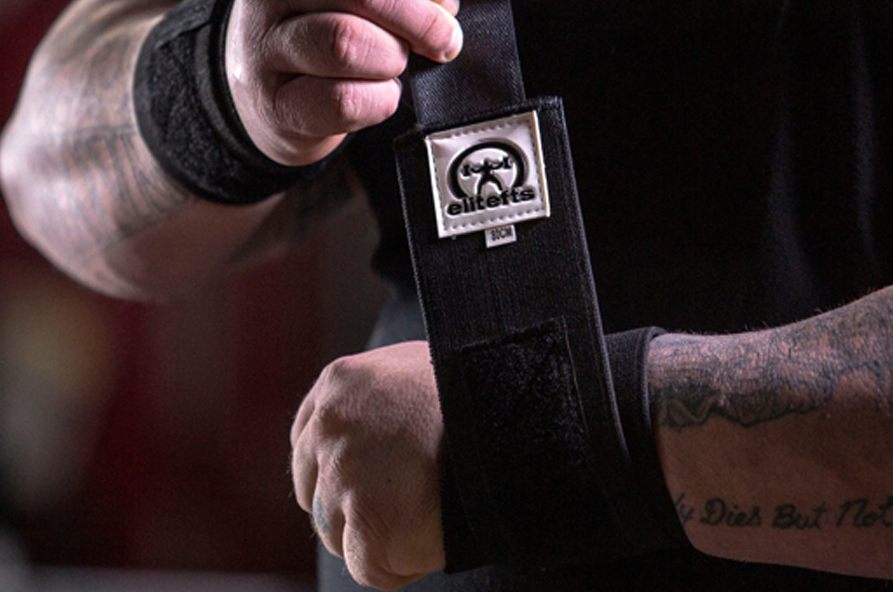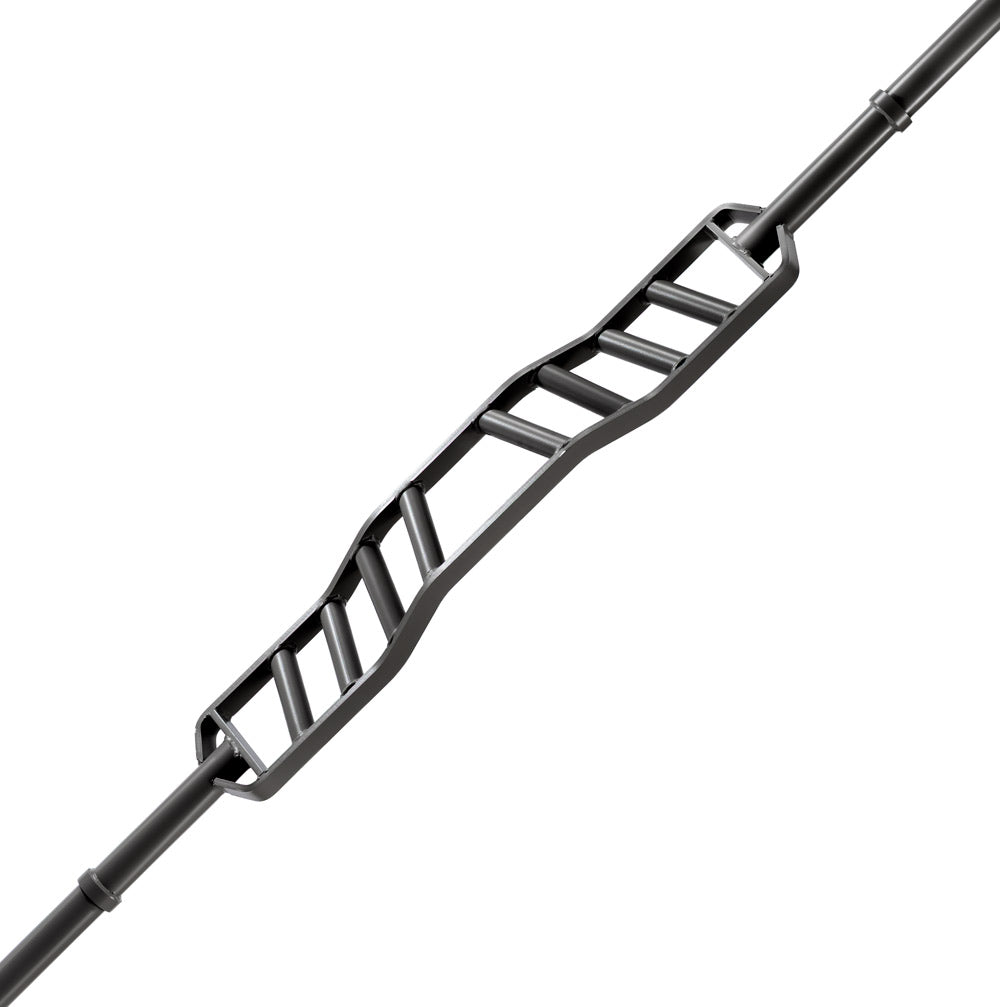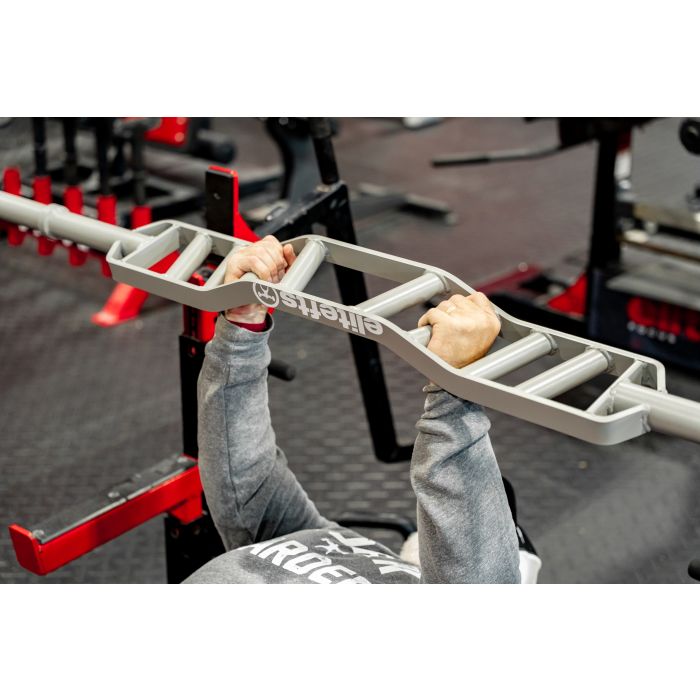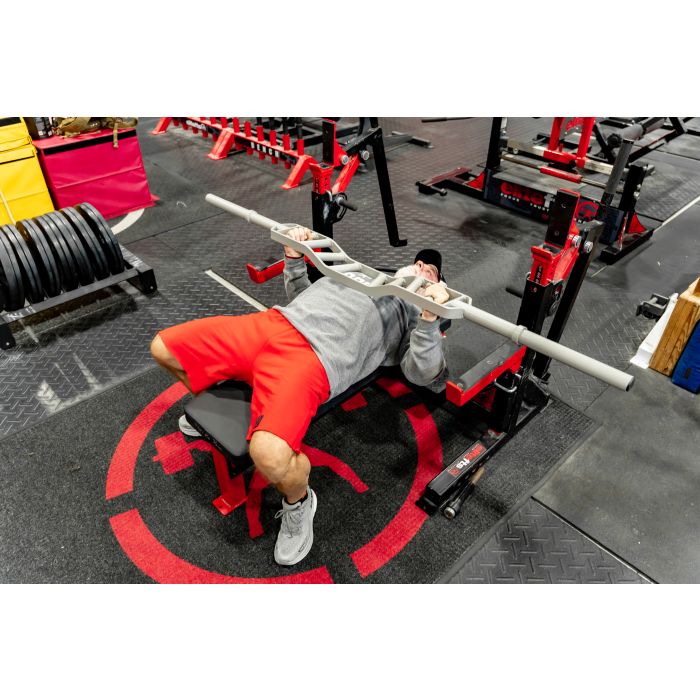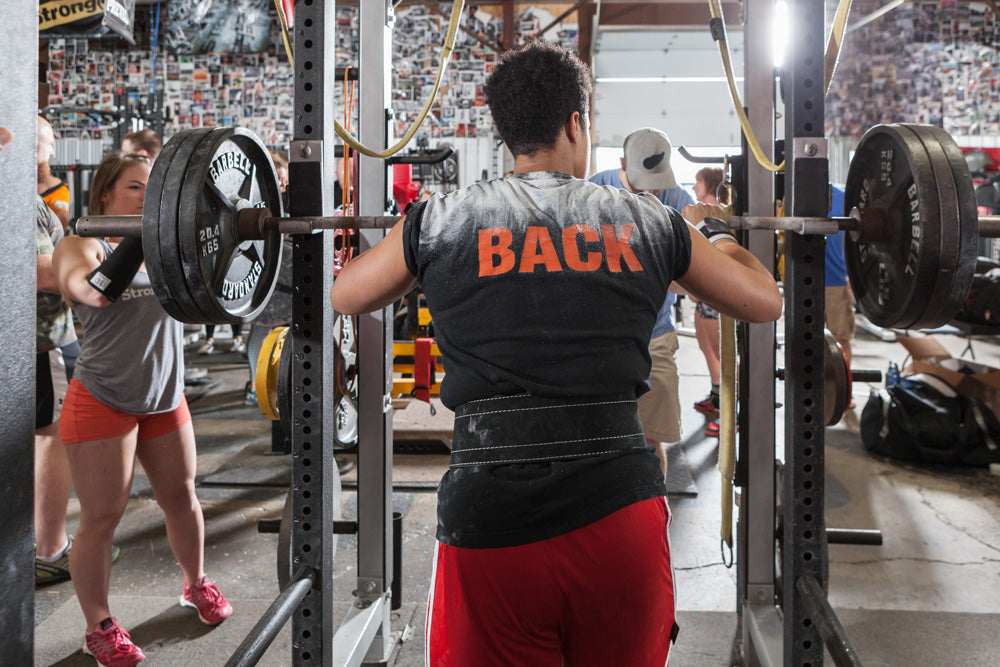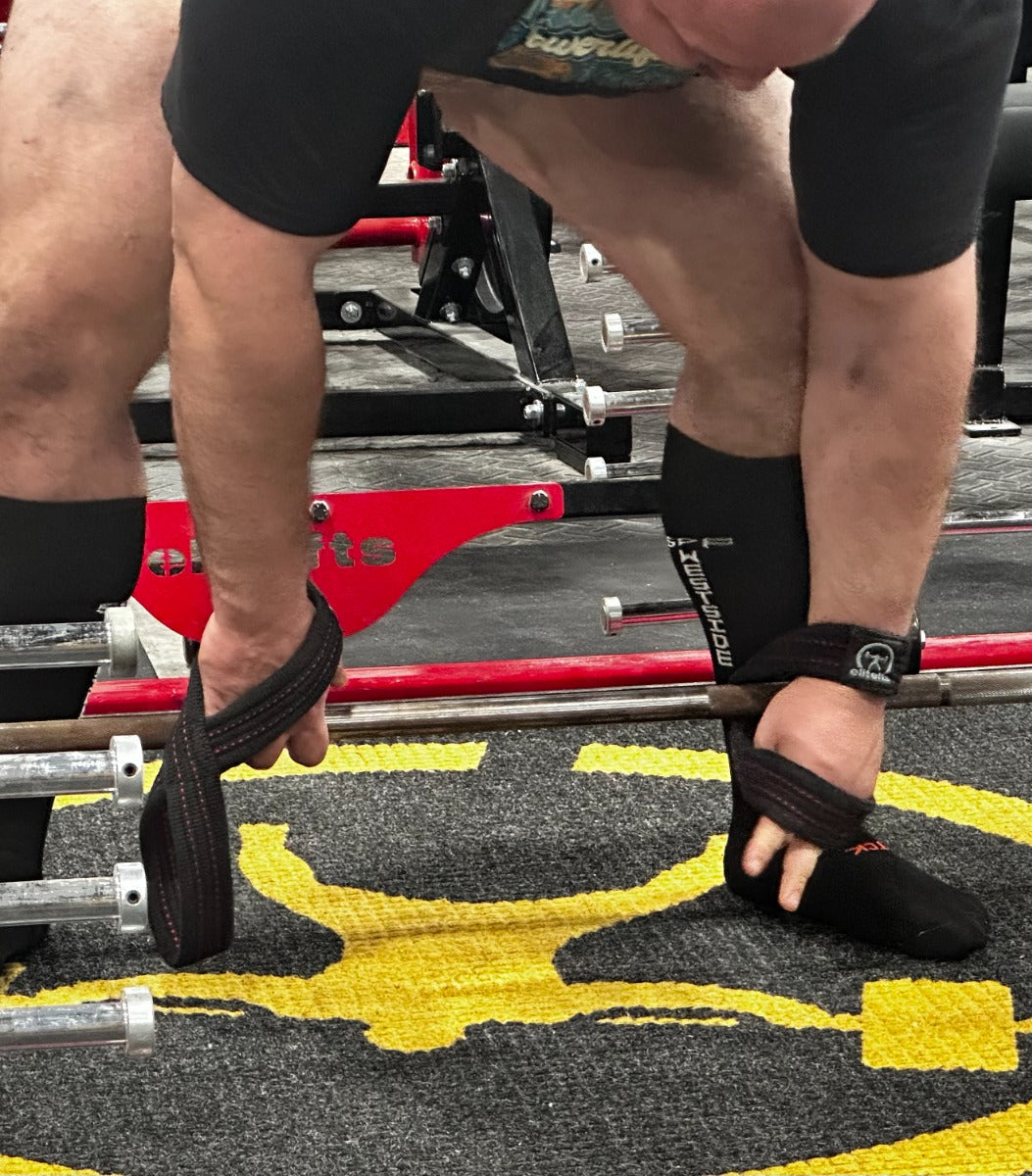Explosive Isometrics: Speed Training with the Brakes On
Rate of force development (RFD) is king in the sporting world. Rarely will an athlete have the luxury of a second or two to produce maximal power. It’s all about what you can develop in fractions of a second. With this in mind, any training modality that may improve characteristics of force generation would be of real interest to the strength and conditioning coach. Explosive isometrics are one such technique that has been proposed to train RFD, but is it really possible to train speed and power production through isometric training? Well, the answer may surprise you…Enter ‘explosive’ isometrics
There is far more to isometric training than maintaining a static contraction for a prolonged period of time. Explosive isometrics can be defined as "attempting to move an immoveable object with explosive intent." The key aim of explosive isometrics is to increase RFD at a key point or position within a specific movement. It’s important to emphasize the ‘key point or position’ part of that statement. Adaptations achieved through isometric training diminish as you move away from the angle trained (Thépaut-Mathieu et al, 1988; Weir et al, 1995). Such examples could be the release point in a throwing action or the mid-thigh position in a snatch.The theory
The force-time relationship (figure 1) underpins all types of muscle activity, isometric included. It’s imperative that we understand this relationship in order to determine the potential training effect of any activity. By executing isometric exercises with maximal explosive intent, we emphasize the attack phase of the attempted contraction. Explosive isometrics are proposed to be an effective modality for developing RFD due to this sharp attack phase (Siff, 1993; Behm & Sale, 1993).[caption id="attachment_27112" align="aligncenter" width="585"]

Figure 1[/caption]
Research
While the concept of explosive isometrics isn't new, authors such as Siff (1993) and Yessis (1995) have long suggested the potential for explosive isometrics to be used to develop power. Research evaluating their potential application is largely lacking. To date, only three studies have evaluated the training effect of performing isometrics with explosive intent.Behm and Sale (1993) compared the training effect of an explosive isometric dorsiflexion performed on one limb to that of a high-velocity dorsiflexion on the other. At the end of a sixteen-week training protocol, the same power training response was observed in both limbs. Behm and Sale concluded that regardless of the type of muscle activity (dynamic or isometric), it is the explosive intent of contraction (and therefore rapid RFD) that provides the desired power training adaptation, not the actual speed of the movement itself.
Maffiuletti and Martin (2001) attempted to find an underlying mechanism for the improvements observed as a result of explosive isometric training. They compared isometric leg extensions performed in either an explosive or progressive manner (force was gradually ramped up over the duration of contraction). Both groups achieved significant and comparable gains in torque generation. However, the mechanisms behind these improvements were different. The authors concluded that explosive isometric training resulted in primarily muscular adaptations such as improved excitation coupling, and more extensive hypertrophy. The adaptations observed following progressive isometric training were primarily neural related and associated with developments in firing rate and potentiation of the H-reflex.
Olsen and Hopkins (2003) attempted to make explosive isometric training more sport-specific. The authors had elite level martial artists perform an explosive isometric activity in addition to their regular resistance training three times a week over a nine-week training period. The exercise consisted of attempting to perform an explosive kicking action while the kicking leg was restrained by a belt. Participants performed four sets of ten repetitions, progressing to five sets after two weeks. The authors reported an 11–21 percent increase in movement speed in the three exercises they tested—a low kick, a palm strike, and a side kick. Improvements were most pronounced in the palm strike and side kick, exercises with biomechanically similar initiation patterns to the training exercise and also coupled with shorter response times (i.e. faster movements). Olsen and Hopkins suggest that explosive isometrics may be of greatest benefit to movements that are predominantly reflexive and associated with minimal countermovement or preload.
Implementing
While explosive isometrics can be conceivably implemented with any type of resistance, bands and cables/pulleys are the quickest and most flexible modalities to set up and utilize. Figure 2 shows an example of an explosive isometric activity designed to mimic an overhead throwing or hitting action performed with a strong resistance band. Simply grab the band, walk out from the rack until it’s fully lengthened, and take up the throwing position as shown. From this position, attempt to perform the throwing action. The band should stop the movement where you would normally release the ball. This set up, as with the cable machine, can be altered to replicate almost any conceivable movement.[caption id="attachment_27111" align="aligncenter" width="582"]

Figure 2[/caption]Explosive isometrics can of course be adapted to work around specific sticking points in the big lifts. Using a cage, there are two general ways of setting these up—either pushing/pulling an empty barbell into the pins or attempting to push/pull from the pins with a load that is too heavy to move (figure 3). Personally, I'd opt for the latter option because it's easier to eliminate any preloading effect. Going into the pins will require a certain degree of pre-activation in order to position the barbell there in the first place. However, you could argue that preloading or pre-activation is apparent when the exercise is performed dynamically and going into the pins may demonstrate greater specificity.
[caption id="attachment_27113" align="aligncenter" width="581"]

Figure 3[/caption]
Prescription
As there’s relatively little research into this area, it’s hard to make any concrete recommendations for the prescription of explosive isometrics. However, some generic training principles can be applied:- As with any type of power training, these exercises should be undertaken in a ‘fresh’ and non-fatigued state to maximize RFD.
- While Olsen and Hopkins' (2003) study worked up to five sets of ten reps, I feel that multiple sets of lower repetitions would prove more appropriate for maximizing RFD. Research has shown that RFD in isometric contraction is reduced after a few as five repetitions (Viitasalo & Komi, 1981). Applying loading strategies along the lines of 6–10 sets of 2–4 repetitions, which is commonly utilized for dynamic effort training, would seem to be more suitable for explosive isometric training.
- For those new to this style of training, a reduced volume is recommended. Start with 3–4 sets within a given session before gradually building up to more.
- Exercises must be performed with maximum explosive intent.
Other uses for explosive isometrics
It would be interesting to suggest whether explosive isometrics could be used to elicit a post-activation potentiation (PAP) effect that would carry over to dynamic movement. Sustained, progressive isometrics have been shown to elicit PAP. However, the predominant mechanism is thought to be through an increase in motor unit recruitment. Given the relatively short period of time under tension associated with explosive isometrics, there may be an associated reduction in the potential for PAP.Olsen and Hopkins (2003) have also outlined the potential use of explosive isometrics in a rehabilitation scenario, particularly in regards to shoulder rehabilitation with throwing and racket sport athletes. These exercises will inherently limit the range of motion possible, which may be of use if it's necessary to avoid specific joint angles. Furthermore, as these types of exercises will condition the musculature at a rapid RFD, they may also serve as a general prehabilitation/rehabilitation exercise for joints such as the shoulder that will be required to function at rapid velocities.
Conclusion
Explosive isometrics are a relatively novel training modality that may be utilized to train RFD at specific joint angles. Research suggests the potential for such gains to transfer to certain matched sporting movements. However, further investigation is required to truly evaluate their effectiveness. Such interventions may prove beneficial to advanced athletes who have reached a plateau in their training, but it should always be seen as a small addition to a balanced resistance training program and not the primary focus.References
- Behm DG, Sale DG (1993) Intended rather than actual movement velocity determines velocity-specific training response. Journal of Applied Physiology 74(1):359–68.
- Maffiuletti NA, Martin A (2001) Progressive versus rapid rate of contraction during 7 wk of isometric resistance training. Medicine and Science in Sports and Exercise 33(7):1220–27.
- Olsen PD, Hopkins WG (2003) The effect of attempted ballistic training on the force and speed of movements. Journal of Strength and Conditioning Research 17(2):291–98.
- Siff MC (1993) Understanding the mechanics of muscle contraction. National Strength and Conditioning Association Journal 15(5):30–3.
- Thépaut-Mathieu C, Hoecke J, Maton B (1988) Myoelectrical and mechanical changes linked to length specificity during isometric training. Journal of Applied Physiology 64(4):1500–50.
- Viitasalo JT, Komi PV (1981) Effects of fatigue on isometric force- and relaxation-time characteristics in human muscle. Acta Physiologica Scandavica 111(1):87–95.
- Weir JP, Housh TJ, Weir LL, Johnson GO (1995) Effects of unilateral isometric strength training on joint angle specificity and cross-training. European Journal of Applied Physiology and Occupational Physiology 70(4):337–43.
- Yessis M (1995) Training for power sports, part 2. Strength and Conditioning 17(1):68–73.


